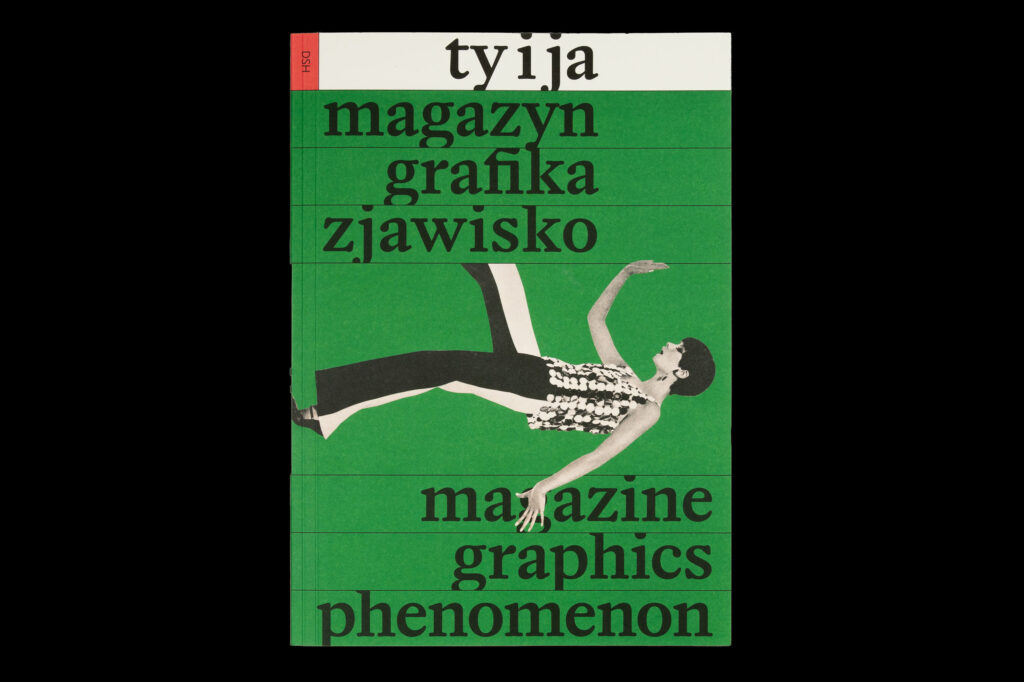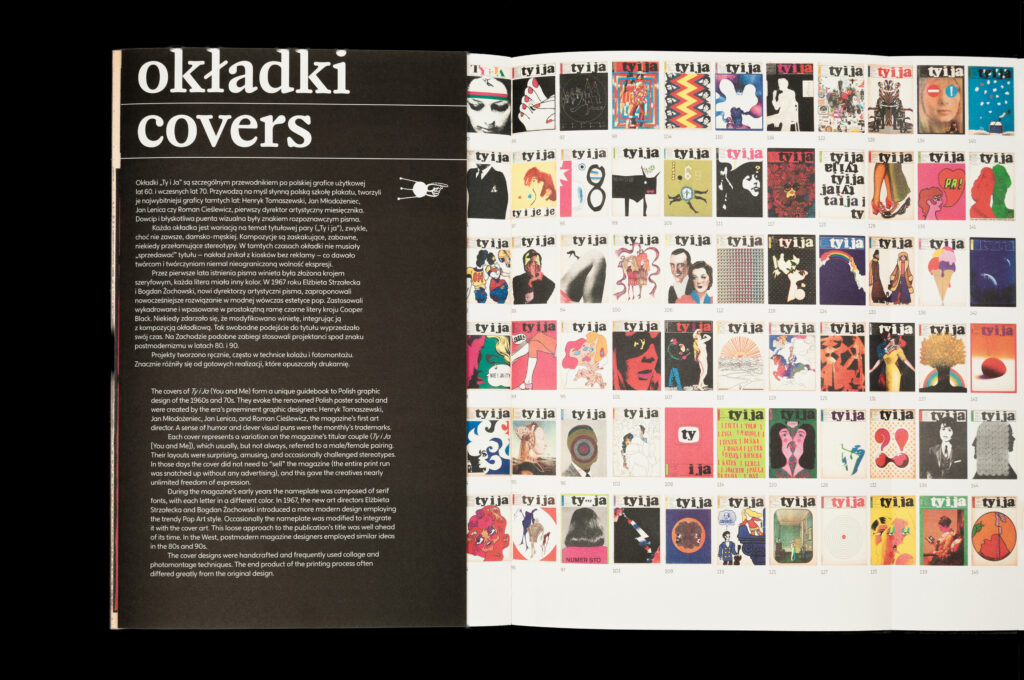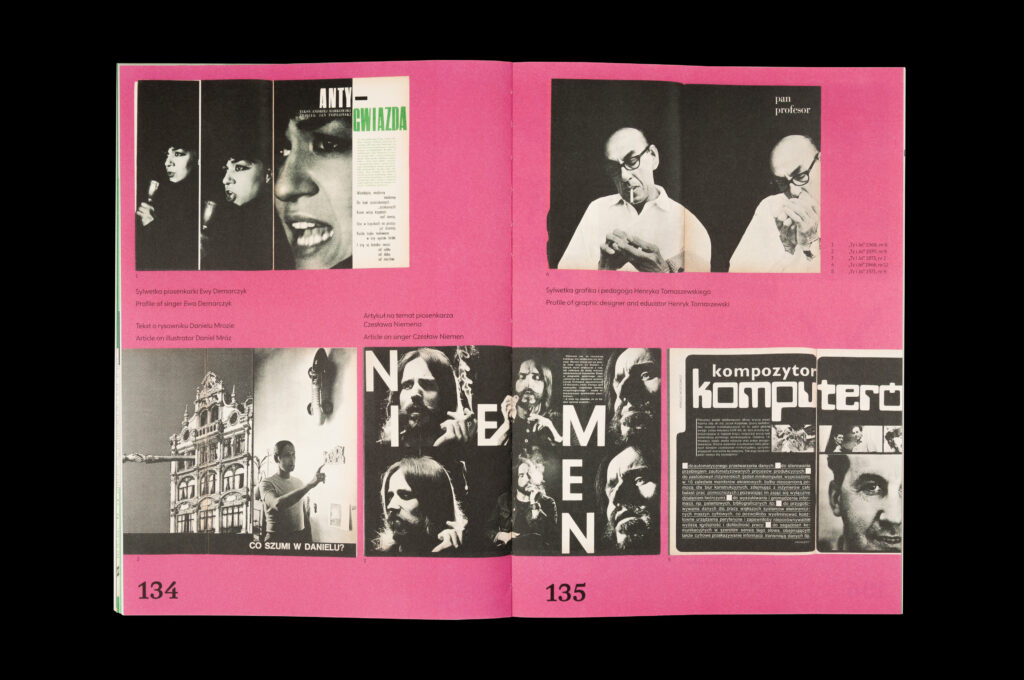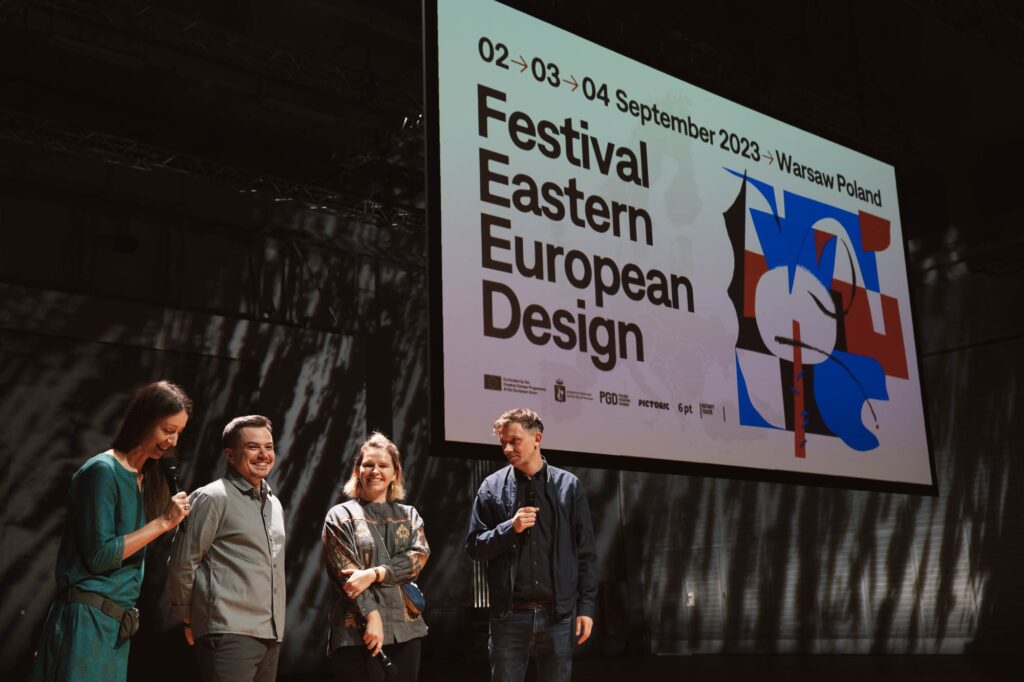Meet the ED Awards 25 Jury – Magdalena Heliasz (Poland)
January 20, 2025
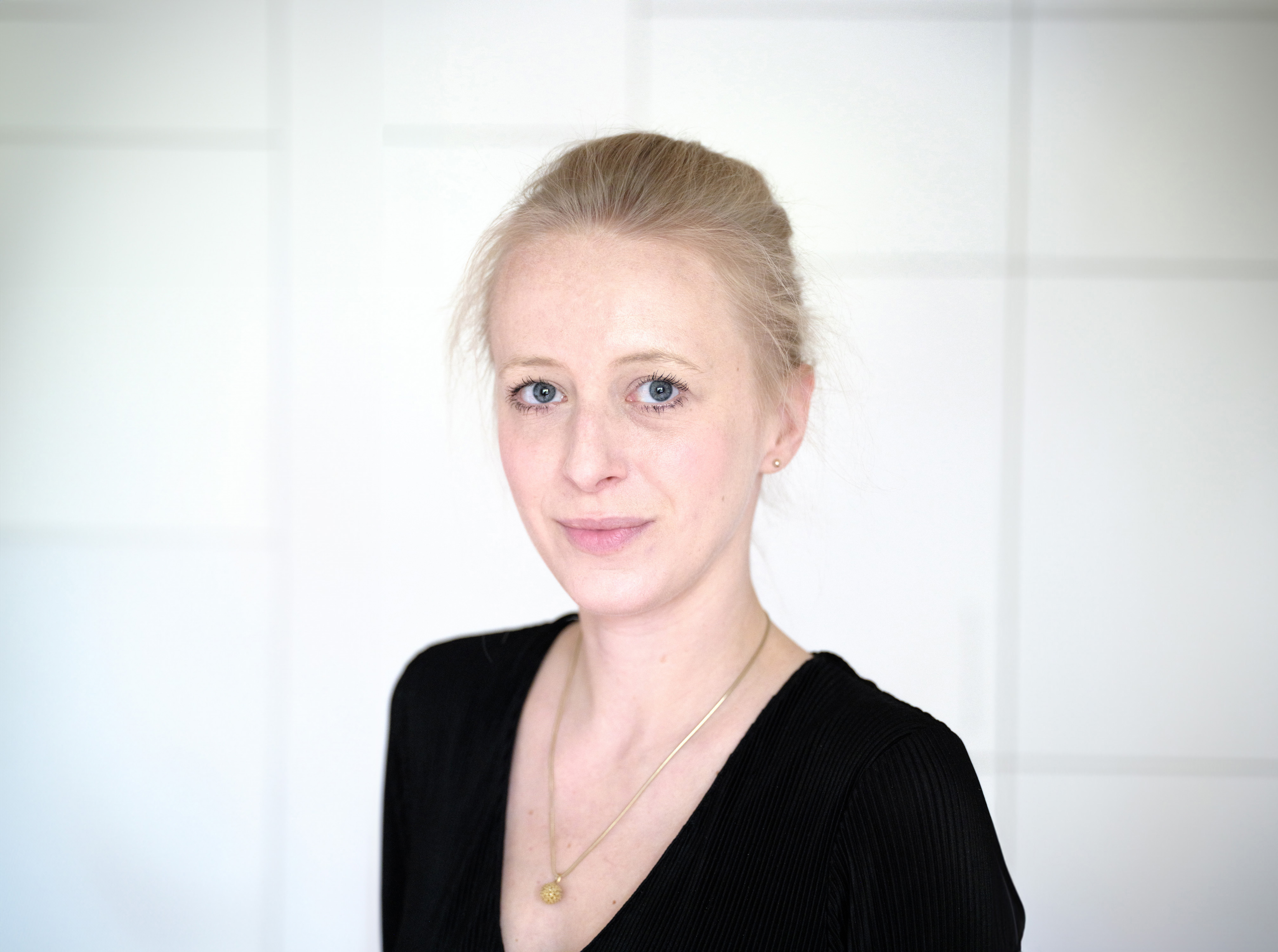
EDAwards Jury, EDAwards25, Graphic Applications, Poland
Magdalena Heliasz is a graphic designer and creative professional whose career reflects a deep commitment to the arts and cultural exchange. Based in Poland, Magdalena collaborates with renowned artists, cultural institutions, and art galleries, including the Museum of Warsaw, Warsaw Gallery Weekend, and the Museum of Modern Art in Warsaw.
From 2011 to 2020, Magdalena led Print Control, a platform that celebrated Polish graphic design through publications, exhibitions, workshops, and cultural events. The platform’s annual publication showcased the finest achievements in Polish print design, featuring in-depth project overviews and interviews with creators.
Her dedication to promoting art and design extended to co-organizing three editions of the Warsaw Art Book Fair, which brought together leading art publications from across Europe. Magdalena has also curated exhibitions of Polish books at prestigious events such as the London Book Fair, Tokyo Art Book Fair, and the European Design Festival in Warsaw, among others.
Beyond her curatorial and design work, Magdalena serves as a jury member for several Polish design competitions, including KTR, Projekt Roku, and the Polish Graphic Design Awards.
Magdalena Heliasz’s extensive experience in curating and celebrating design excellence ensures that her role as a jury member for the European Design Awards continues to amplify the voices of Europe’s most creative talents.
Q: What makes the European Design Awards special to you?
A: What makes the European Design Awards stand out is the opportunity to explore a selection of the most exciting projects from a relatively small yet intensely diverse region with over 40 independent countries and 24 official languages. This diversity creates endless opportunities for designing unique graphic forms, typography, and drawing inspiration from local trends. Observing these differences in design approaches is a truly fascinating process. Being part of this journey is a privilege, as it highlights the exceptional talent across Europe and amplifies the voices of designers who push boundaries.
Q: What excites you most about European design today?
A: What excites me most about European design is the incredible potential still to be uncovered, especially from designers in Eastern Europe. This region, with its rich history, cultural complexity, and often untold stories, offers a fresh perspective on the design world. The work emerging from Eastern European creatives feels raw and authentic—deeply rooted in local traditions, yet pushing boundaries and challenging conventions in unexpected ways. I look forward to observing the exploration of bold typography, storytelling, and the reinterpretation of folk motifs in ways that are both grounded and progressive.
Q: Is there a particular trend or approach in design that you think represents the future of creativity in Europe?
A: Designers are moving beyond aesthetics to create solutions that address social, cultural, and environmental challenges. This includes using eco-friendly materials, adopting circular design principles, and ensuring accessibility for diverse audiences. I also think the future of European design lies in offering a creative escape from the stress of modern life. By bringing in nostalgia, simplicity, and a bit of magic, designers are tapping into a shared need for calm and comfort. In a playful way, one might say that they are becoming our visual therapists.
As a result, there’s a notable comeback for craftsmanship and analog techniques, like hand-drawn typography and tactile animations. These methods bring a sense of authenticity and offer a refreshing break from the overly polished, tech-heavy and AI-made designs we see everywhere.
Q: What advice would you give to designers aspiring to stand out in a competition like the European Design Awards?
A: I believe the most interesting projects are born out of collaborations, especially at the intersection of different fields. This is where unexpected combinations, mutual influences, and new values emerge. It’s important to ensure that collaboration—whether with a photographer, editor, or printer—is always deep and authentic. Be purposeful in your work, as intention and meaning are what resonate most with audiences. Pay close attention to the details; they often separate great design from good design. Lastly, stay curious—explore new techniques, embrace challenges, and let collaboration inspire you to innovate in remarkable ways.
